The Shady Side of Gardening
When your landscape is basically all shaded, your whole game plan changes. It doesn’t mean that you can’t landscape there. It just means that you’ll need to do it a bit differently.
People get so convinced that they won’t be able to grow anything. But that’s when I want to give them a big pandemic-style psychological hug and assure them that everything’s going to turn out alright. Just look through this list. These are the plants that are suited to much of the state.
Among the best are the many types of hollies. There is so much variation in the growth forms and looks of the hollies, that many (of us) have done entire landscapes using hollies almost exclusively.
The Sperry shade landscape includes (in order of increasing height at maturity) dwarf yaupon, dwarf Chinese, Carissa, dwarf Burford, Needlepoint (Willowleaf), Burford, Robin, Mary Nell, Oakland and Oakleaf, Weeping yaupon, Nellie R. Stevens, yaupon and Warren’s Red possumhaw hollies.
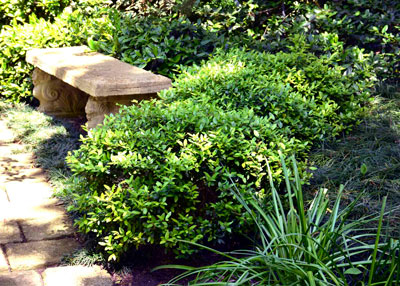
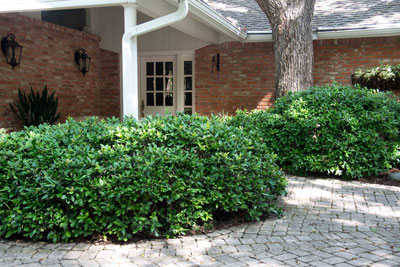
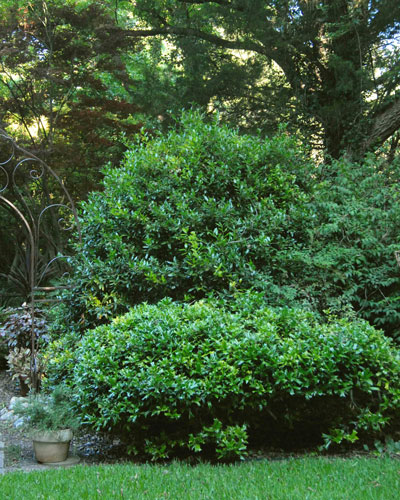

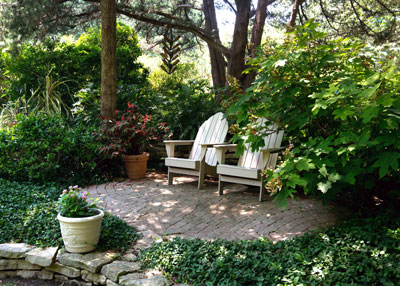
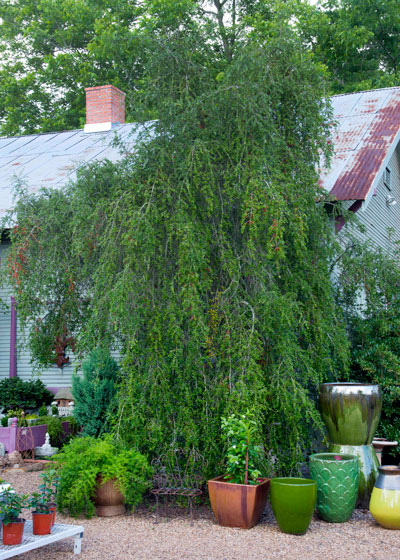
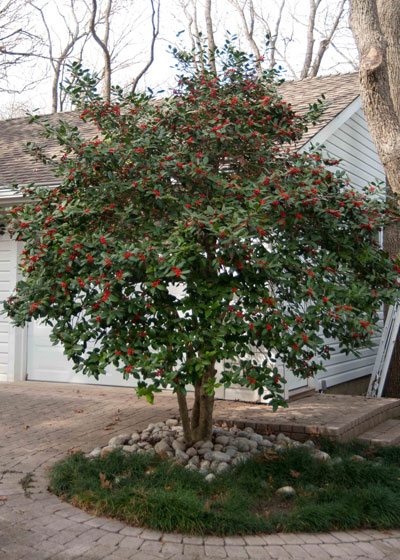
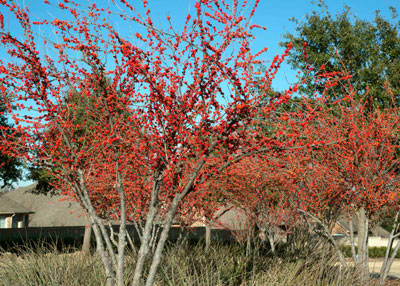
I actually have a few others like First Lady yaupon (a fruiting semi-dwarf form of yaupon), Dazzler and Berries Jubilee – and probably others – that are now virtually extinct in the nursery trade.
Other varieties of hollies such as Foster’s, Savannah and East Palatka, although commonly sold over much of the state, are not well suited to alkaline soils and require more careful planting unless you’re in East Texas.
Life in the shade beyond hollies…
Let’s assume, however, that you want something more than just hollies in your surroundings. Here are some other shrubs to consider.
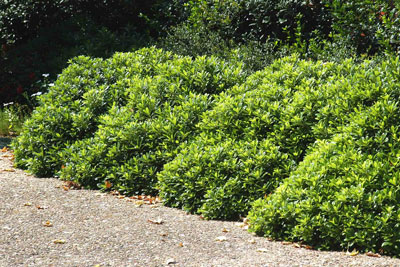
Pittosporums do well in part shade but they were really damaged by this February’s cold in almost all of the state. They would be good for replanting, however, in the I-10 corridor and southward.
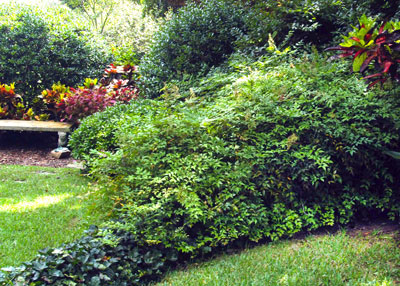
The several types of nandinas grow well in the shade, and if trees go bare in the winter to let the sun reach the nandinas’ foliage, you’re likely to see rich reds and maroons in their leaves. Nandinas bring a delightfully airy texture to their surroundings, a nice complement to the much bolder hollies.
Aucubas must have full shade. There are speckled and banded brightly variegated types, but Gold Dust seems to be the most dependable overall. It is a great source of color in a dark, shaded corner.
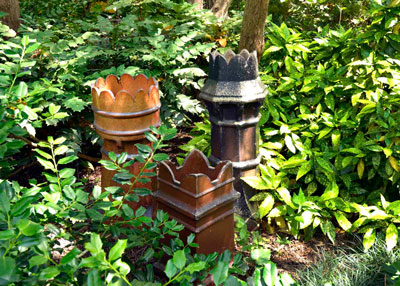
Leatherleaf mahonias are related to nandinas, and they share the same dramatically upright growth habit. However, leatherleafs are extremely prickly. They’re also blue-green and dramatic. They produce bright yellow flowers in late winter which are quickly followed by grape-like clusters of blue-gray fruit, favorites of birds. This plant grows to 4 to 5 feet tall and 4 feet wide, and it’s fabulous in shade or early morning sun.
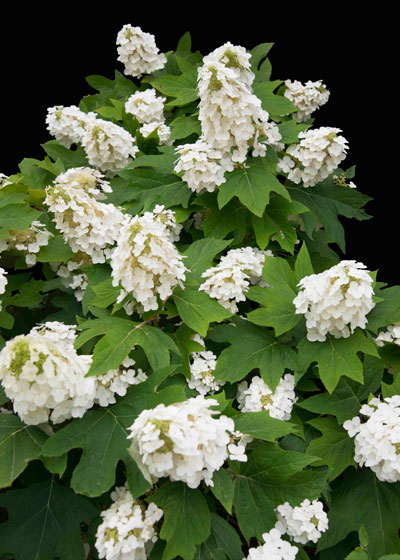
Oakleaf hydrangeas are large and bold shrubs that are noted for their giant white floral heads in late spring and their rich red fall color each November. They do well in any moist, shady location. They’re easier to grow in challenging sites than their sister mophead hydrangeas, the pink or blue florist-style selections that are commonly found in East Texas.
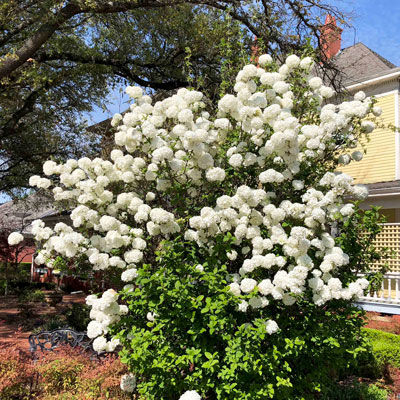
Chinese snowball viburnum (Viburnum macrocephalum) is one of the showiest of our spring-blooming shrubs. It grows to 12 to 15 feet tall and 10 feet wide, and its white flower heads are softball-sized. It is deciduous, and it prefers a moist, highly organic soil.
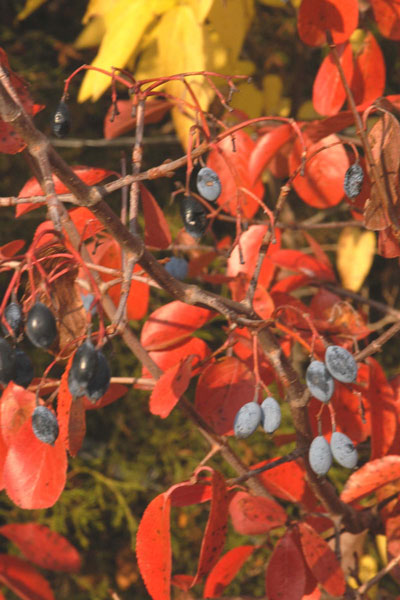
Rusty blackhaw viburnum and the glossy-leafed sweet viburnum (another winter-vulnerable plant) add to the list of shrubs that perform best in the shade. Viburnums are under-planted in Texas, and these both deserve your consideration.

Japanese maples are actually trees, of course, but some of the varieties double as shrubby plants in our landscapes. They must have shade in most of Texas, and they’re best suited to East and Northeast Texas. Both green- and purple-leafed types are available, but the critical thing to check before you buy one is its mature size. The different varieties will range from 5 or 6 feet to 20 feet tall and taller at maturity. Buy and plant accordingly. And my wife, a devoted non-gardener, will tell you that the variety ‘Bloodgood’ holds its red color better than any of the others in the Sperry home landscape once summer arrives. She loves it.
